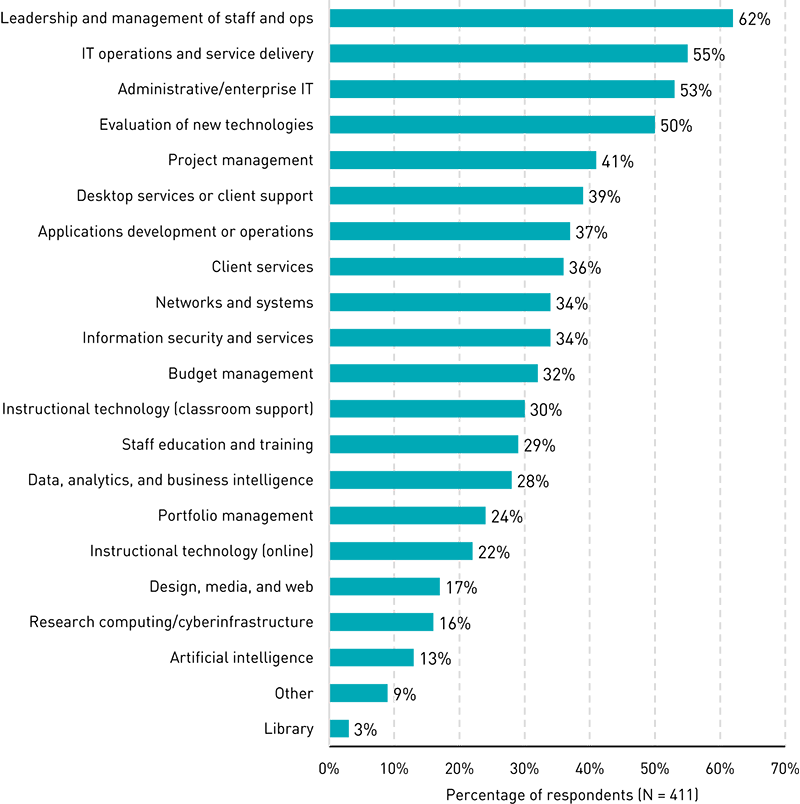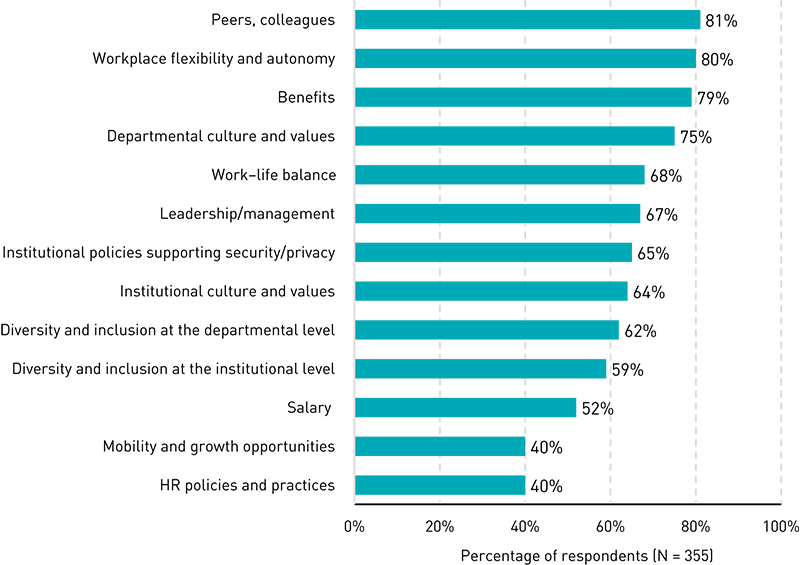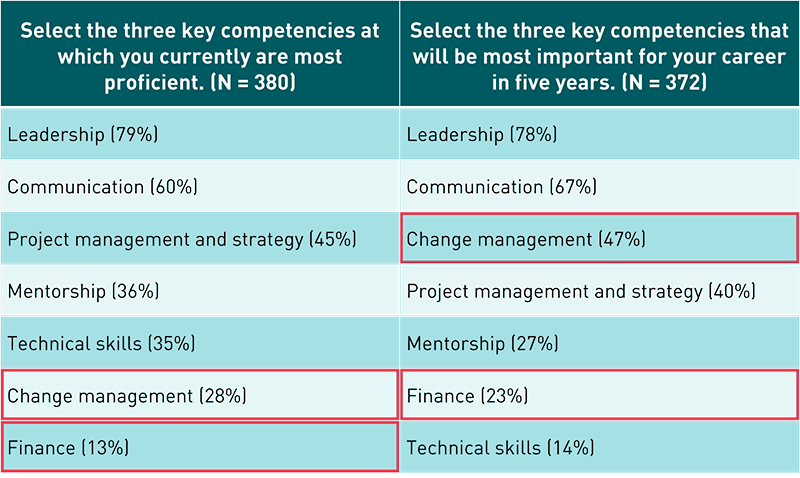The IT Leadership Workforce in Higher Education, 2024
Want to share this report? Use our toolkit.
Nearly four years out from a global pandemic, IT and technology leaders are enjoying the luxury of once again worrying more about emerging new technologies like generative AI than about COVID testing and migrating entire institutions online. But despite this “resettling,” questions remain about what this workforce needs to succeed.
This report, based on the survey responses of more than 400 higher education IT and technology leaders, aims to map the current contours of the higher education IT and technology leader workforce, understand its current challenges and opportunities, and reflect on what it all might mean for building a stronger workforce and, ultimately, a stronger higher education for the future.
This report is the third in a series examining specific workforce domains (cybersecurity and privacy, teaching and learning, and IT leadership) in higher education. Explore our other Workforce Reports.
Current Role and Organization

Asked to select from a list their primary areas of responsibility in their position, only three areas of responsibility were selected by a majority of respondents. Of course, most leaders do not hold just a singular area of responsibility.
Read more about the current role and organization >
The Challenges and Opportunities of Staffing

Though only 10% of IT and technology leaders reported concerns about being laid off themselves, their levels of concern about departmental and institutional layoffs were slightly higher (at 20% and 31%, respectively).
Learn more about the challenges and opportunities of staffing >
Work Satisfaction and Well-Being

On the whole, the majority of IT and technology leaders were satisfied with most aspects of their work.
Read more about work satisfaction and well-being >
Professional Development Needs

Nested within these often challenging and complex institutional settings, individual professionals themselves must develop specific skills and competencies that can help them successfully navigate those challenges and complexities.
Learn more about professional development needs >
More Workforce Resources
This report is the third in a series examining specific workforce domains (cybersecurity and privacy, teaching and learning, and IT leadership) in higher education.
Explore other technology workforce reports >
Reports and Supporting Materials
